First, I suggest you read ECA research on Youth academies available on https://lnkd.in/eQh69vNt. Here are a few tips on how to use this publication:
1. Go through the list of working processes used in the survey and see if you find any working process on the list interesting for you and are willing to work on its implementation (feel free to contact me for a list of working processes if you haven’t saved them from survey)
2. Go through lists of most used working processes and see if you have all of them (pages 60-61)
3. Go through the list of least used working processes and see which you don’t have (pages 62-63)
4. Go through the list of most correlated processes and try to identify causality for correlation and see how those working processes are relevant in your academy (pages 64-67)
5. If you find a specific working process especially interesting to you, feel free to contact me to reach out for the list of working processes it is correlated with.
6. Go through the list of most recognized indicators of successful transition from academy to the first team and cross-check it with your club (pages 70-73).
Looking forward to hearing (reading) your opinion, ideas, and comments!
Relation between academy and player agents.
So, how are we dealing with the agents of players as one if not most important but second to most important stakeholder of external players environment next to parents?
If we see list of least used processes in the academies based on research done by LTTsports for ECA we will find that most represented are working processes dealing with players agents.
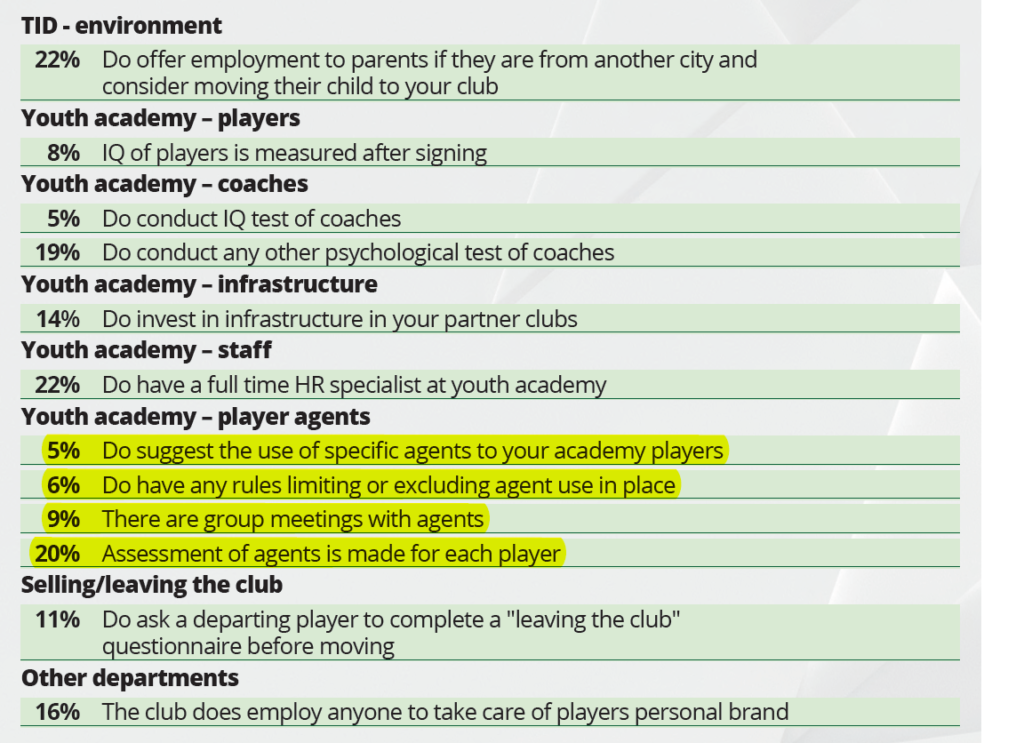
It is obvious that for some reason these processes are not in focus like other working processes related to players development and still, could have significant influence on player development not just from football perspective, but also from human perspective.
If we take into consideration relation with parents, we can see that we have much more used same or similar working processes with parents than with agents. Regular meetings with parents are held in 92% of clubs while more than double less (40%) are conducting regular meetings with agents.
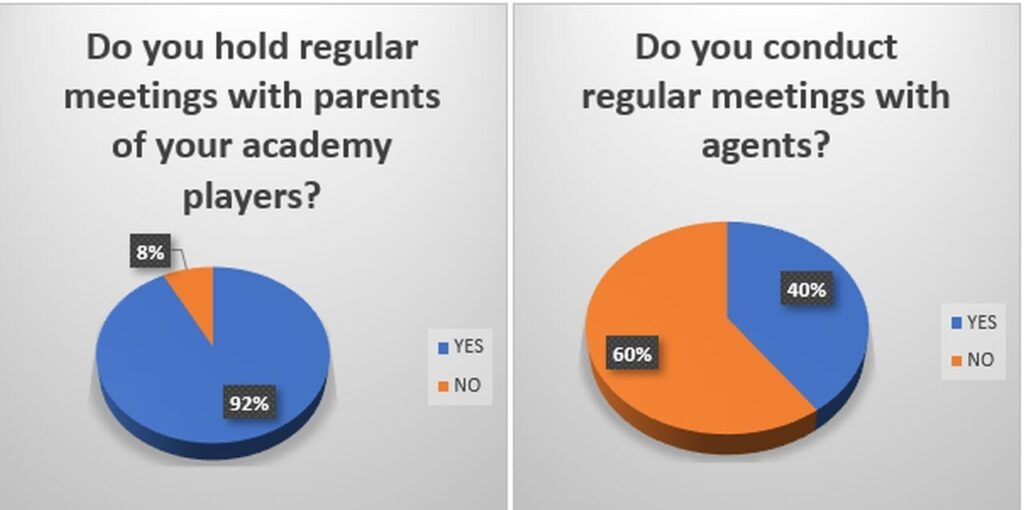
If we see about group meetings the difference is even larger, it goes from 89% in case of group meetings with parents to 9% in case of group meetings with agents. It is interesting that percent of individual meetings with parents and group meetings with parents are very close in percent (92%-89%) while individual and group meetings with agents are having much bigger difference (40%-9%). Least used are group meetings with agents. It could be challenging process to club, but it might be interesting to identify why is it so challenging if so.

As most important environment which could influence on environment in which kids playing in academy are most of the time and make biggest decisions, are related to parents and agents. Again, in process of assessment in which it is not necessary to include stakeholders (parents/agents) is first of all not broadly used and second, process related to parents is more used (46%) than process of assessment related to agents (20%).
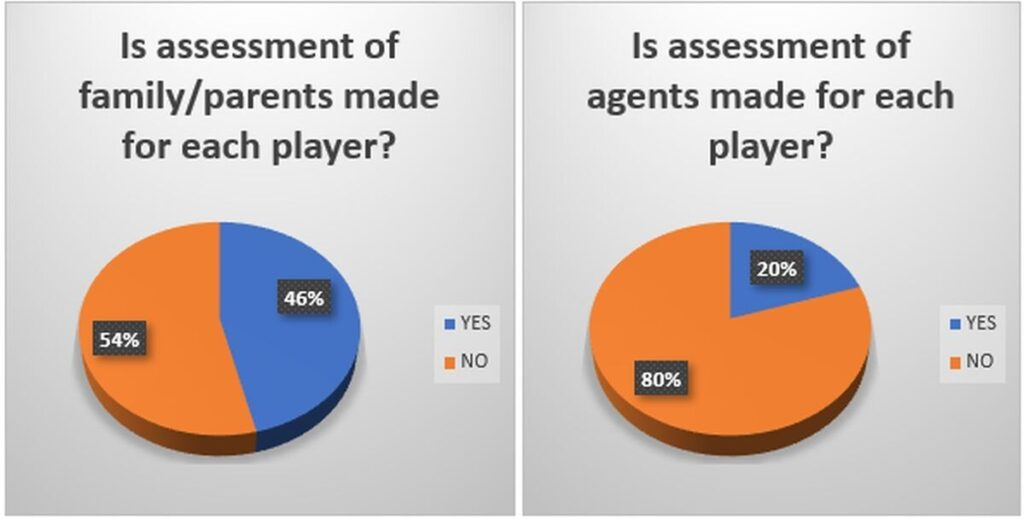
It is not usual to have neither internal rule for working with agents (34%) neither rule limiting or excluding agent in place (6%). It could be that most comfort working zone for working with football academies could be for agents. If we see behavior standards proscribed for parents, we see that is well established (78%) about youth academy environment across Europe.
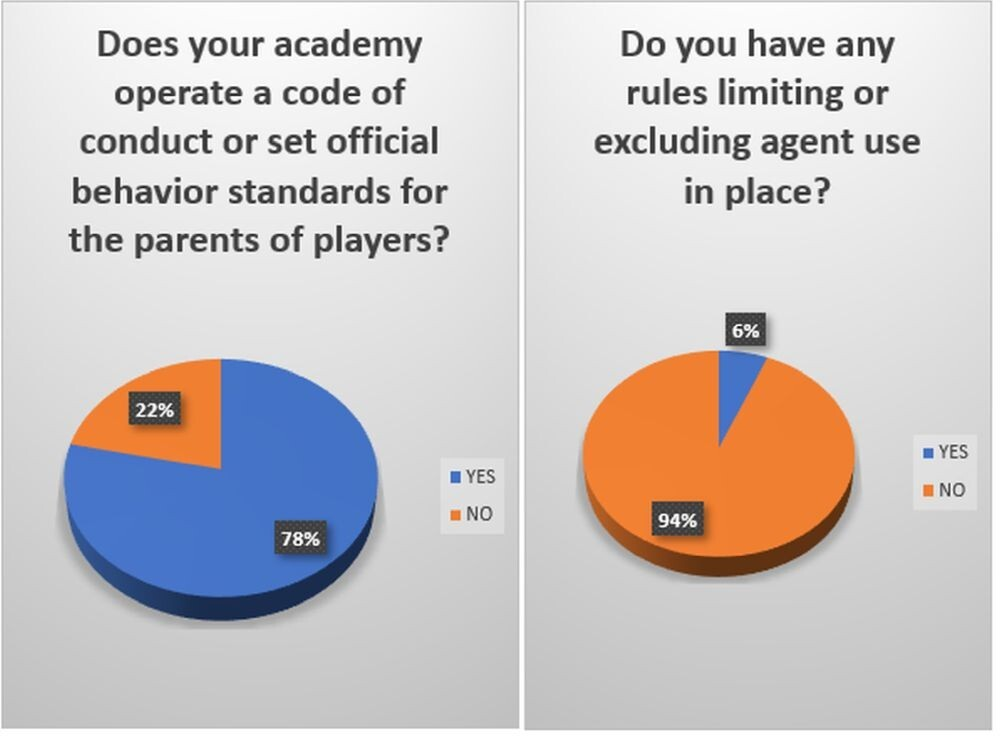
We cannot influence on parents as most important part of kids’ environment. As a club it is often said that club (an academy within) is having DNA/identity or set of values which describes club as unique. Those set of values are not just stated for communication or marketing purposes, they are stated as guidelines for seeking compatible partners from different stakeholders. When academy is hiring coach or signing players it is well used process of assessing personality, in coach case 74% and players 80%.
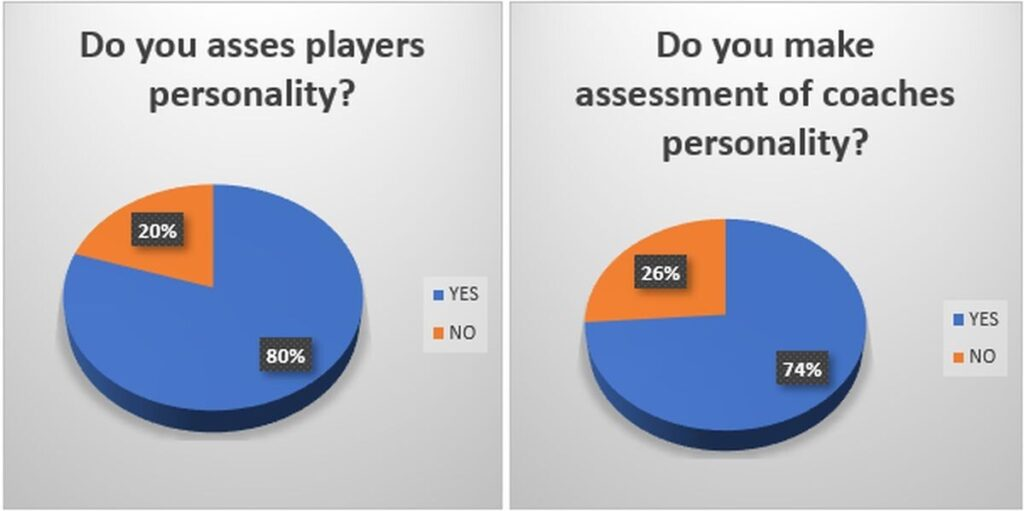
Those assessments are made, among others, to check player/coach compatibility with values and other club employees/players and to reach goals set up for hiring/signing. Finally for player agents it seems it is, again not well used. Based on research 5% of academies suggest the use of specific agent. Of course, the principle of defining suggestions should be defined clearly and communicated openly and transparently as key part of process.
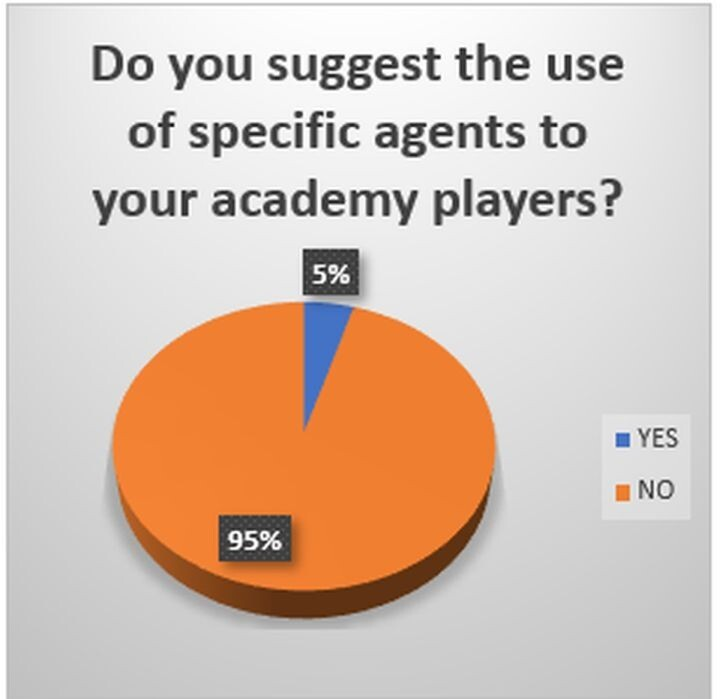
Most leased used working processes in research made are related to player agents. Although we use the same working processes for other stakeholders it is not common to use it when academies are dealing with agents of players. Individual meetings with parents/agents, group meetings with parents/agents, assessment of personality of players/coaches/agents are working processes which present difference in not using processes for agents which are used for other stakeholders. Still, as important part of kids’ environment agents are influencing on their development as players but also as human beings. Some agents might better fit to some club than others as clubs are having different identities and develop on different strategies which reflects to different scouting and more general business politics.
If you want to implement these processes within your club, the process could be:
- Identify values which you are protecting within your club.
- Identify description of environment you think is best for kids’ development.
- Make procedure of assessment of each players agent.
- Assess agents by their comparability with club identity.
- Clearly define set of rules for agents of players.
- Openly and transparently communicate these rules to relevant stakeholders which must include at least agents, parents, agents, coaches, and staff.
- Measure and report on development of agent behavior.
- Educate parents about relevance of these process and introduce to them the use of same working processes for other stakeholders which include parents as well.
*It is recommended to have an expert in social network, communication, pedagogy, business, and expert in psychology included in this process.